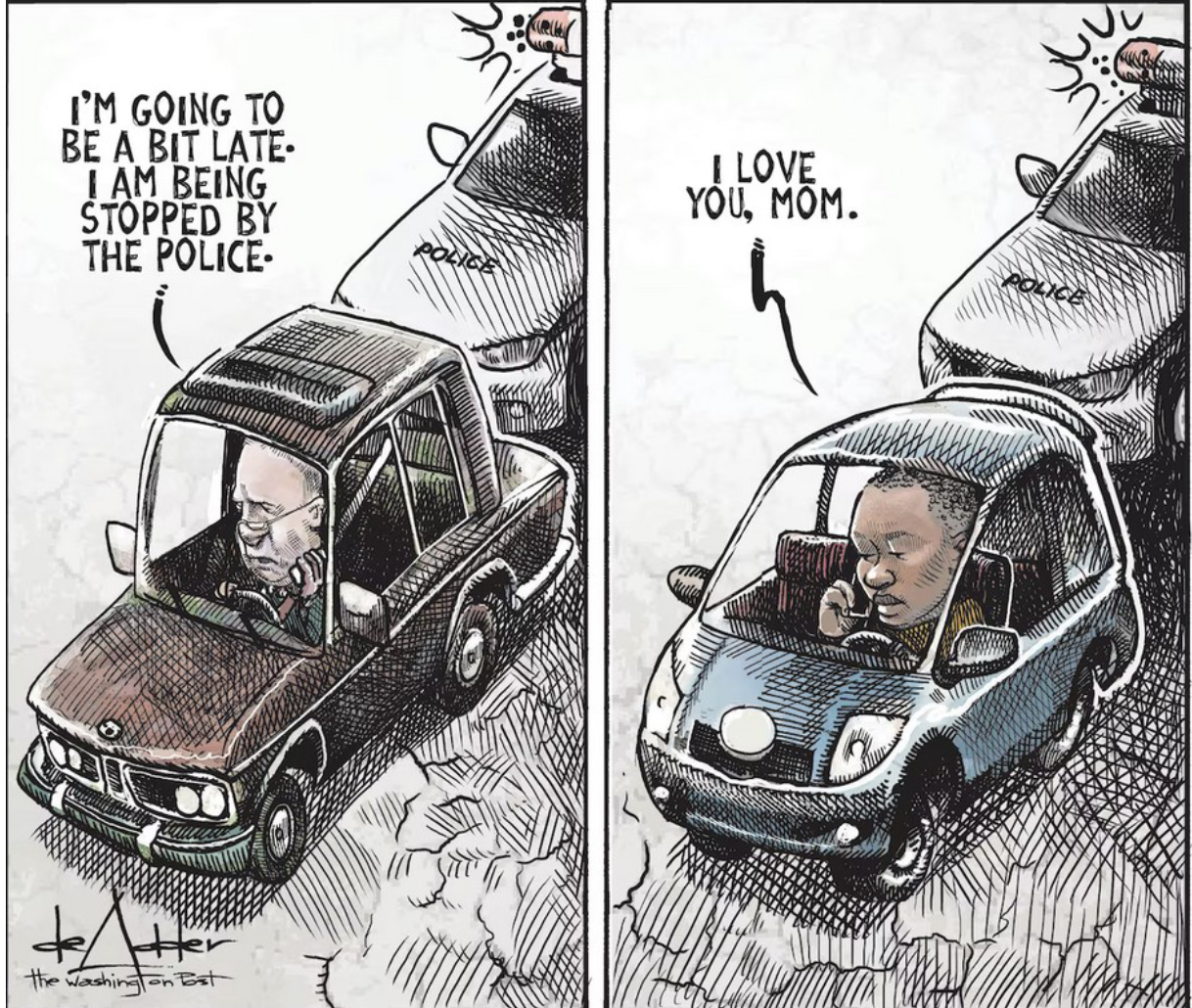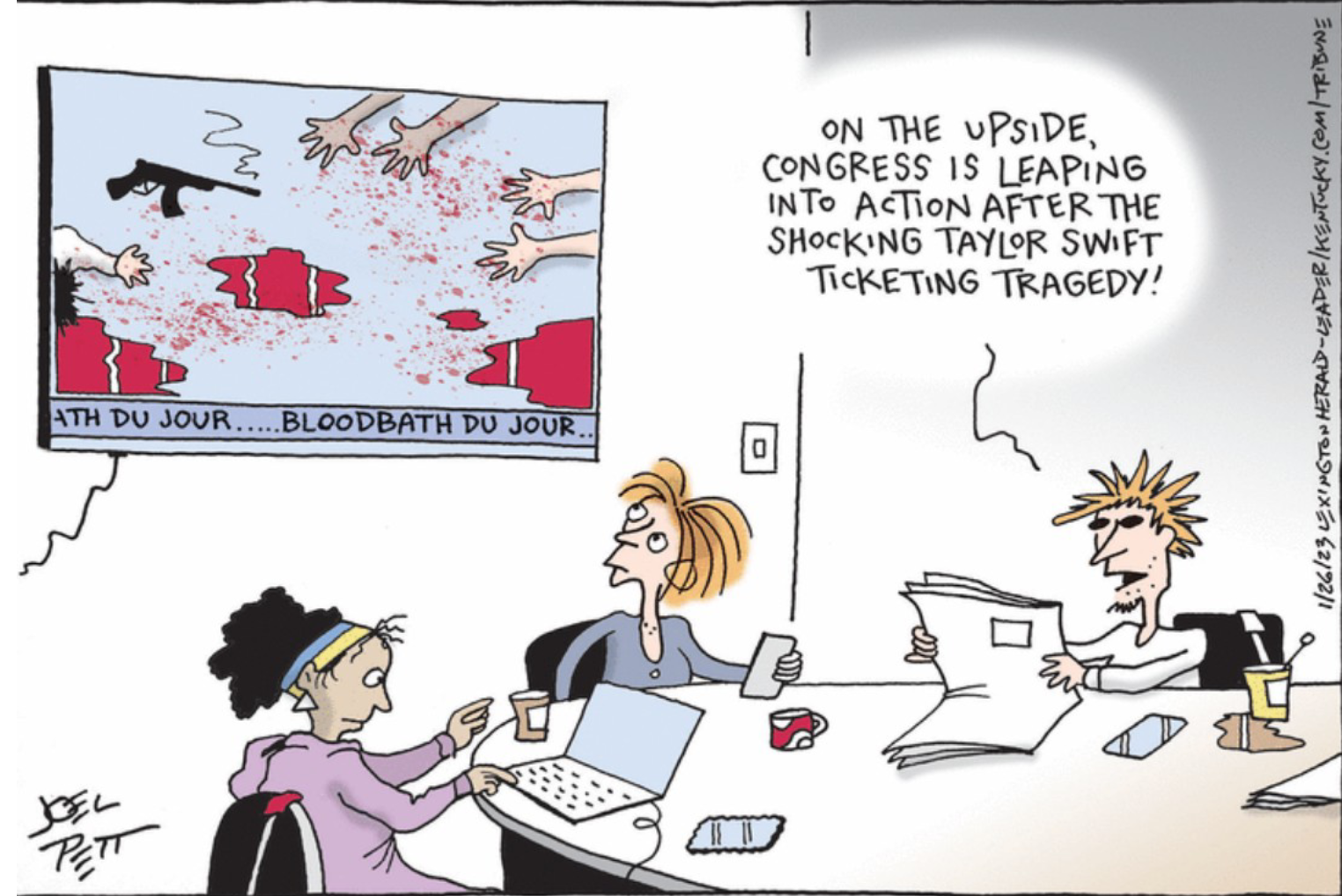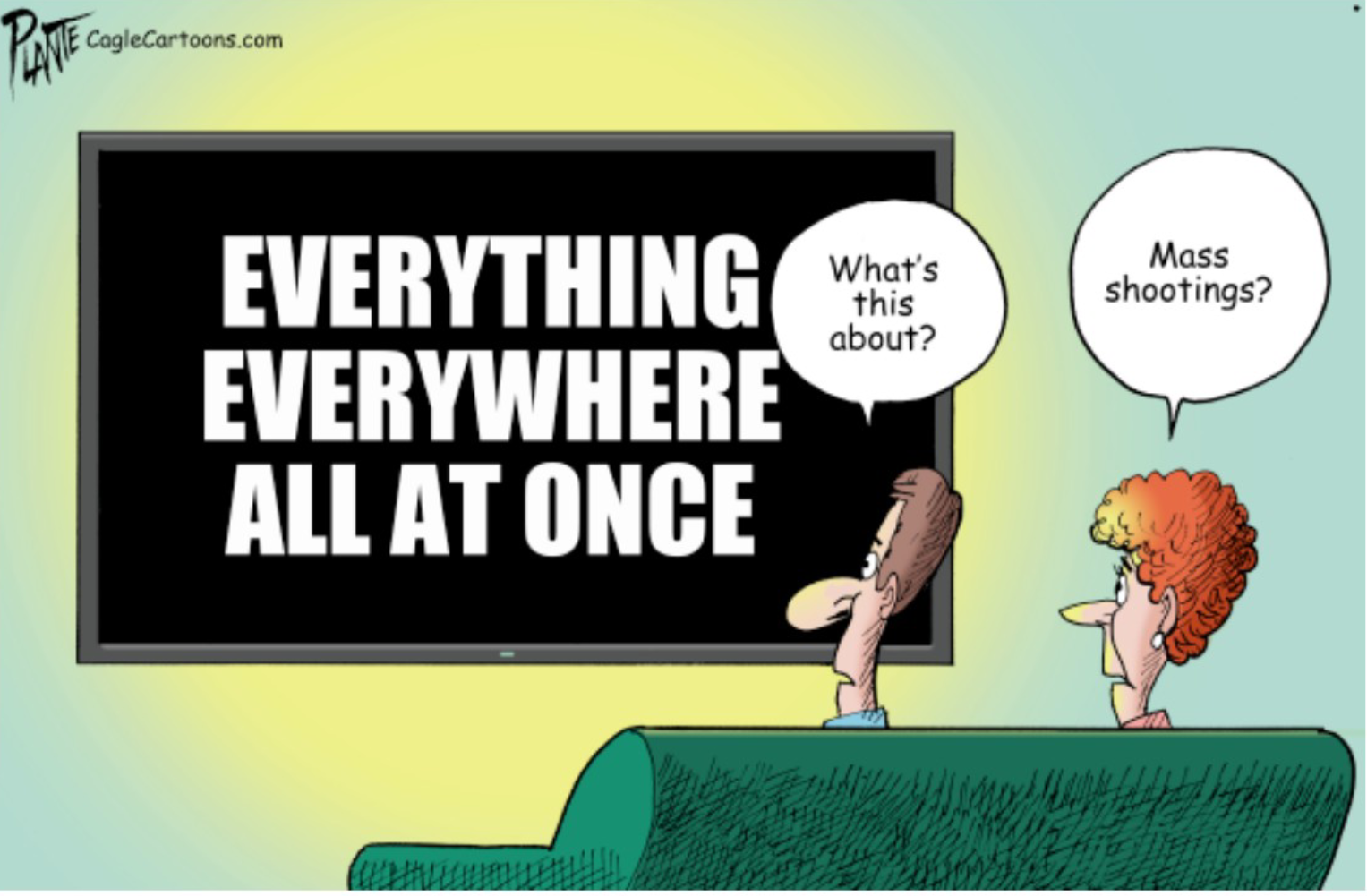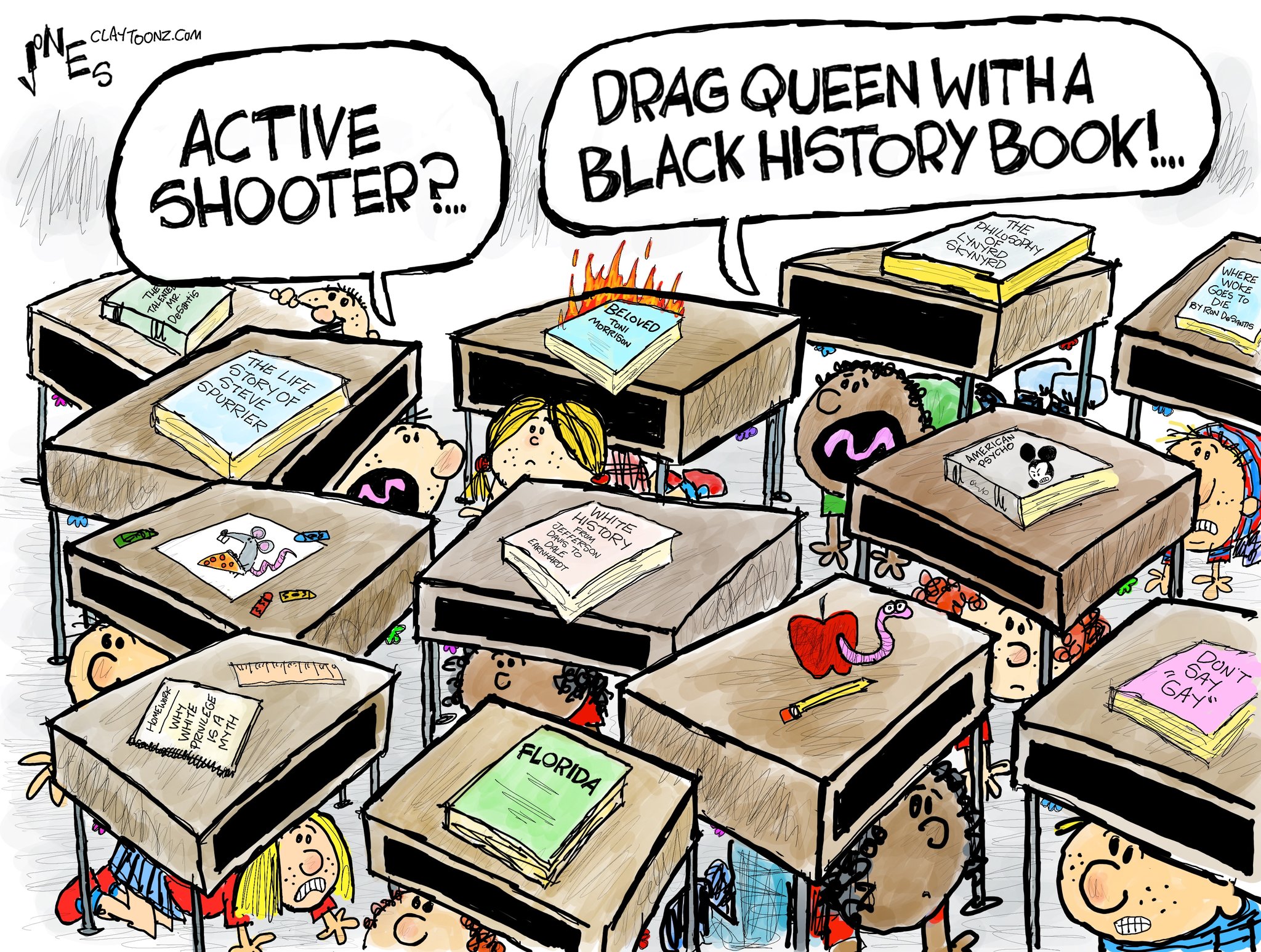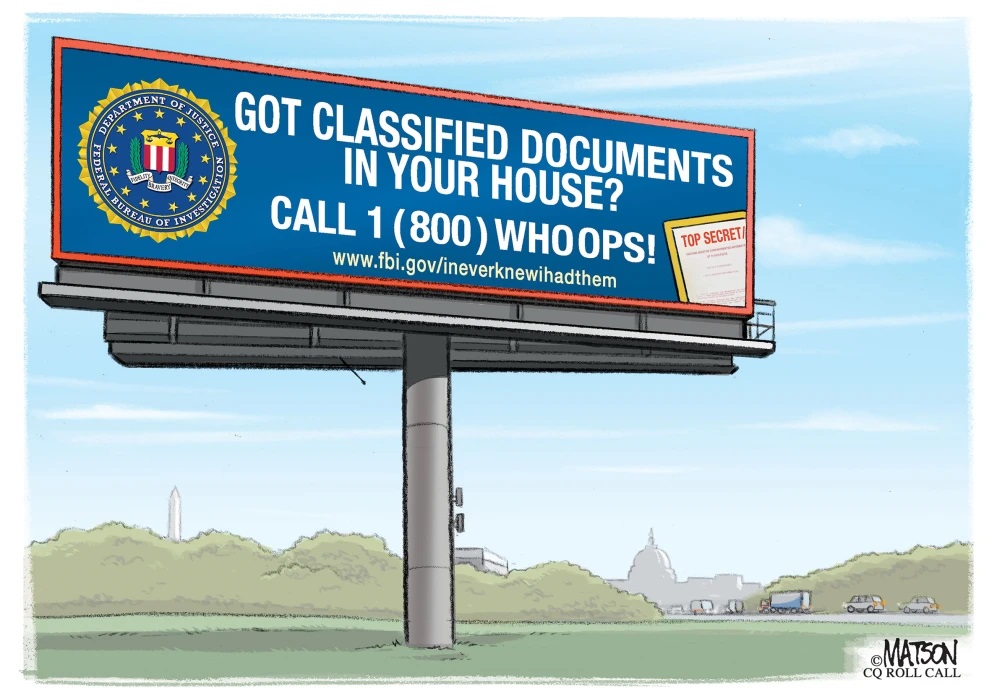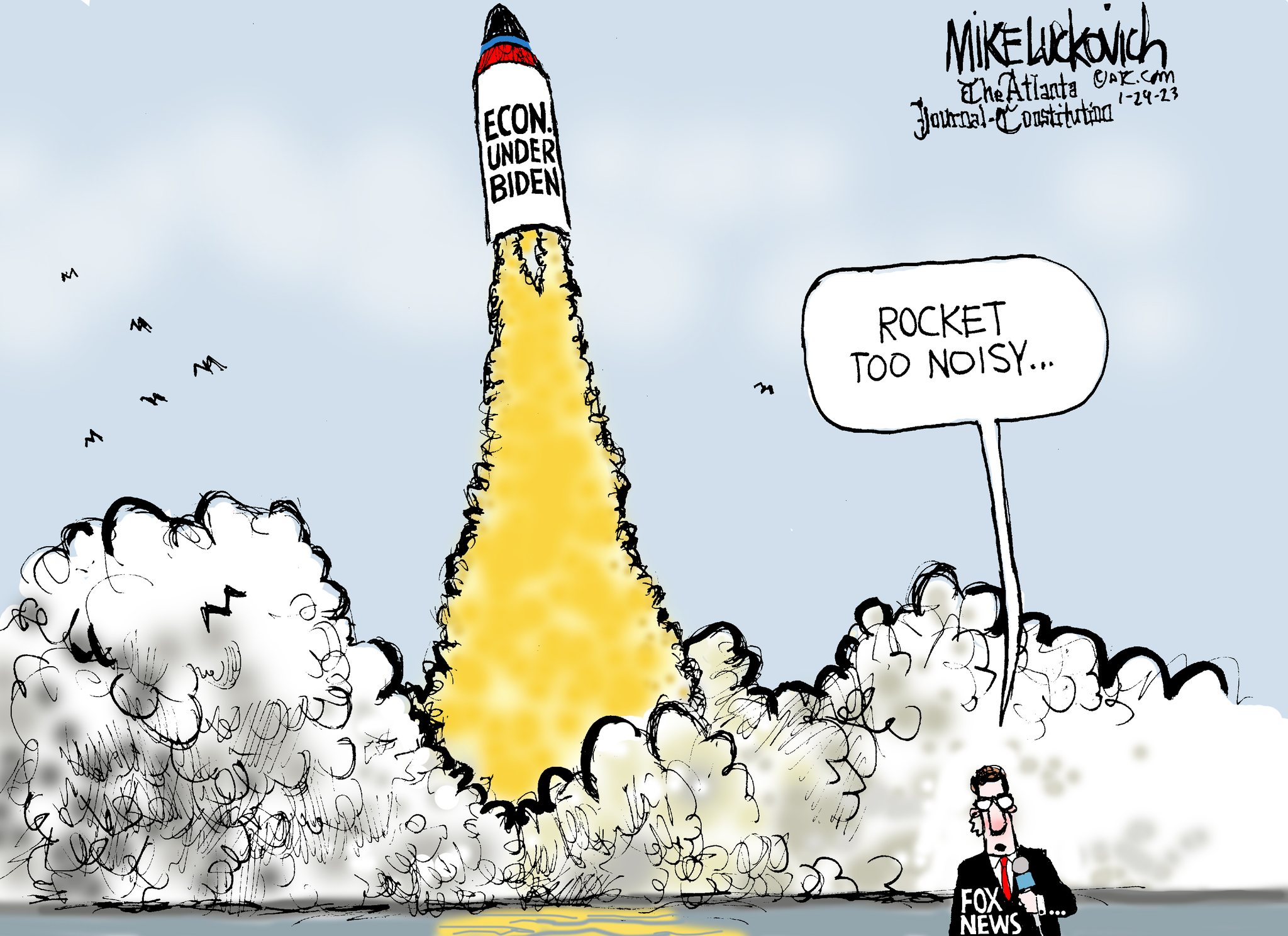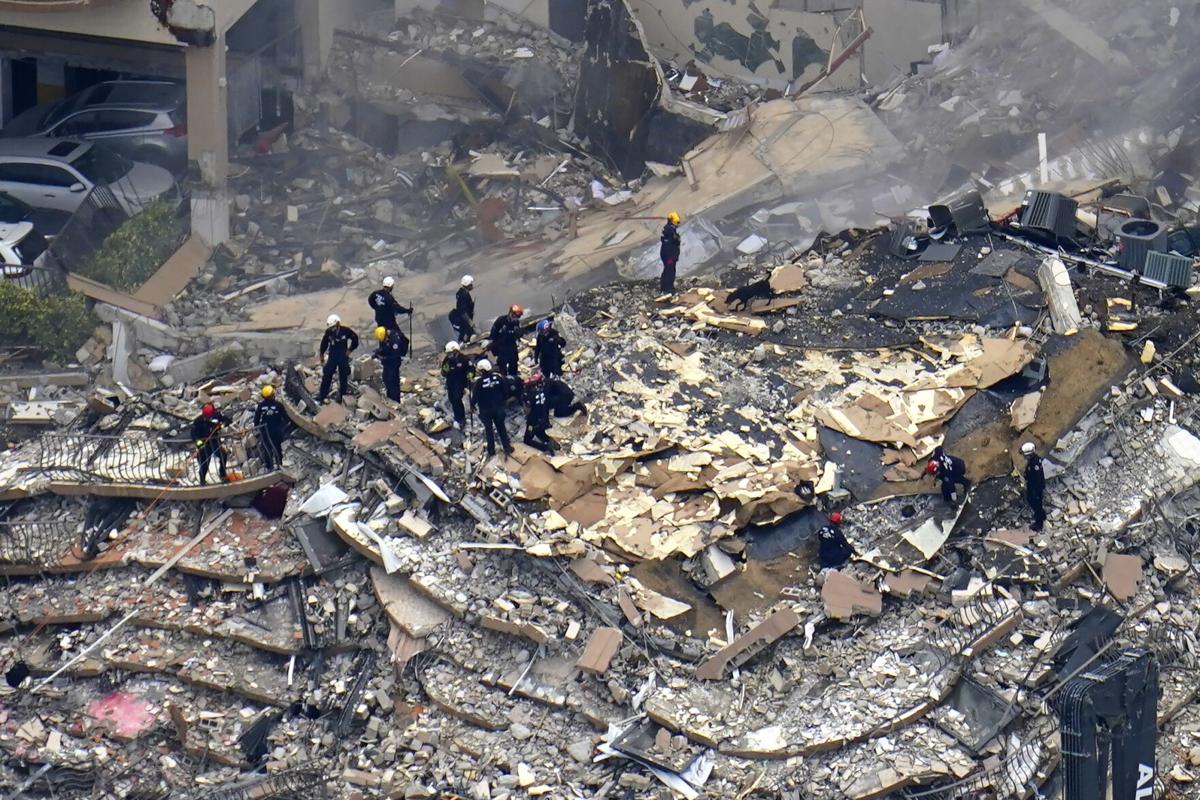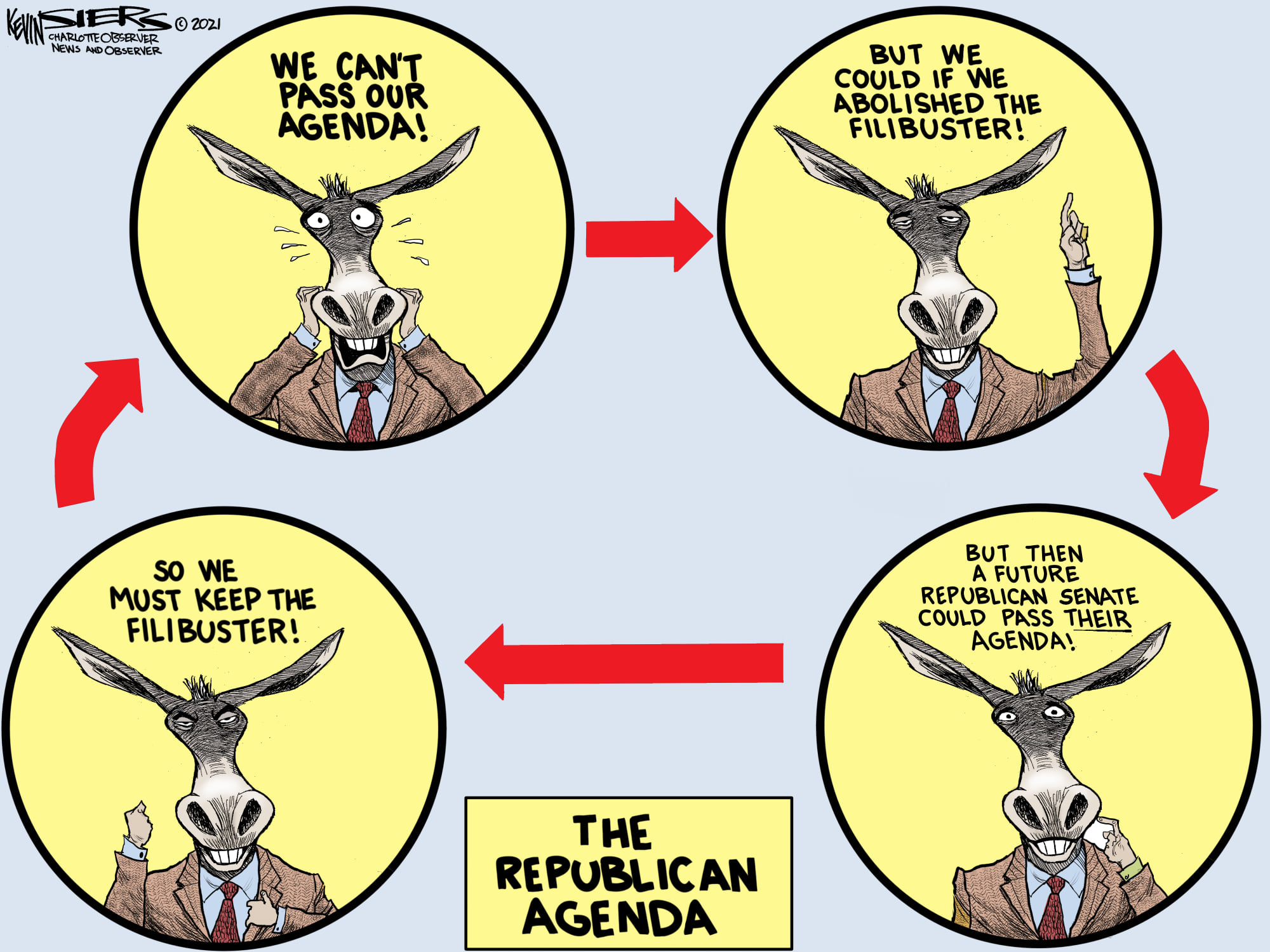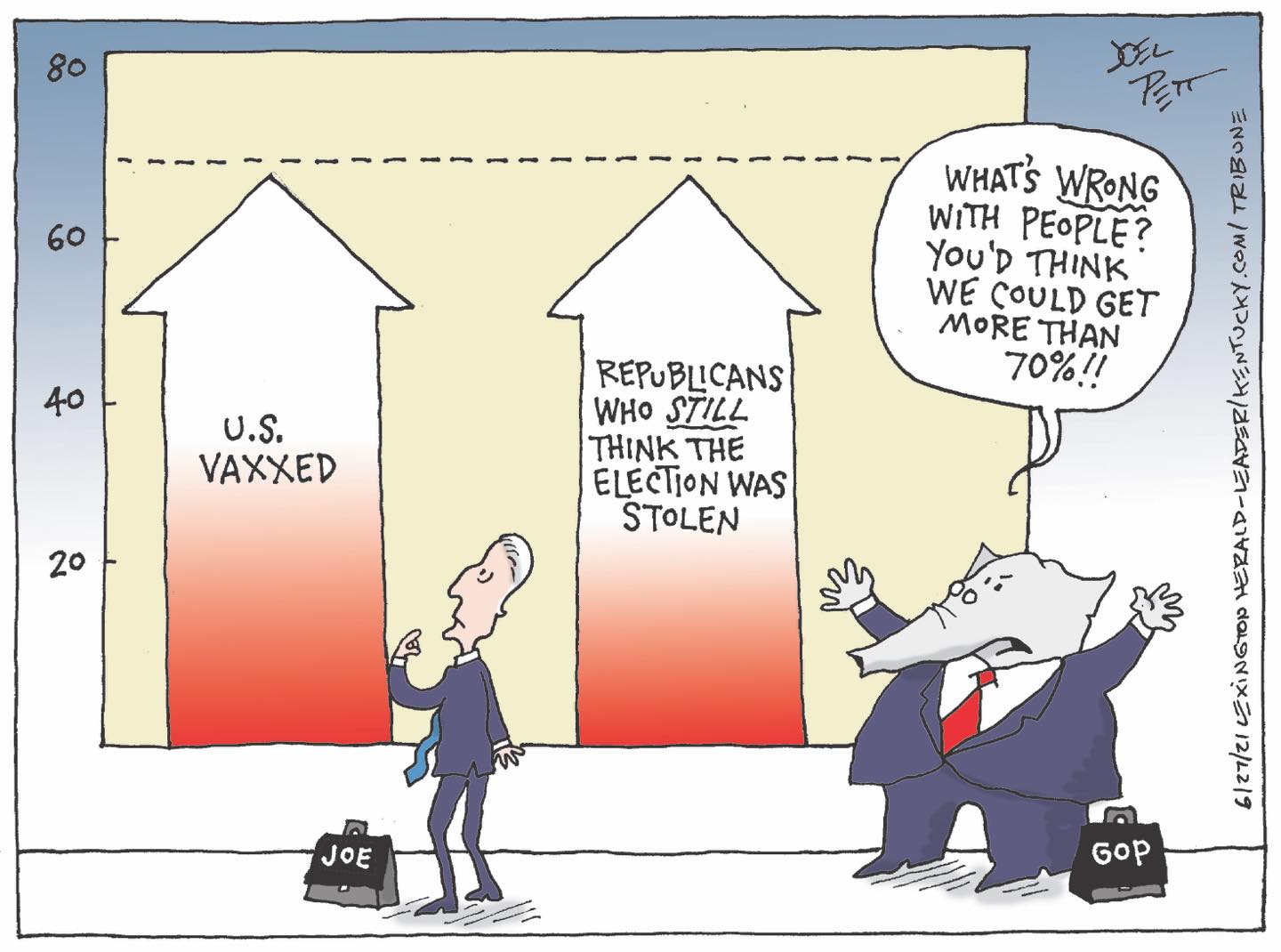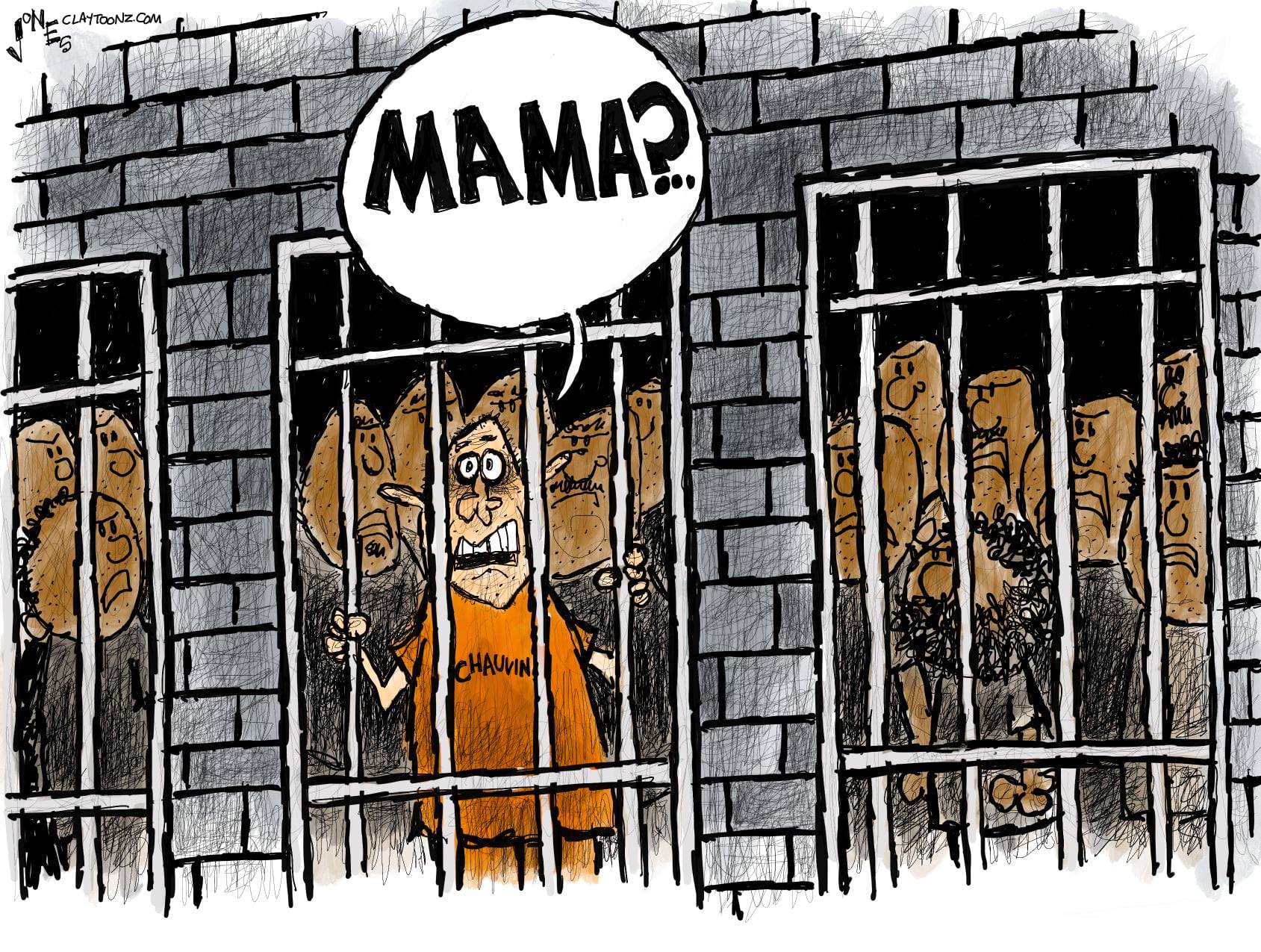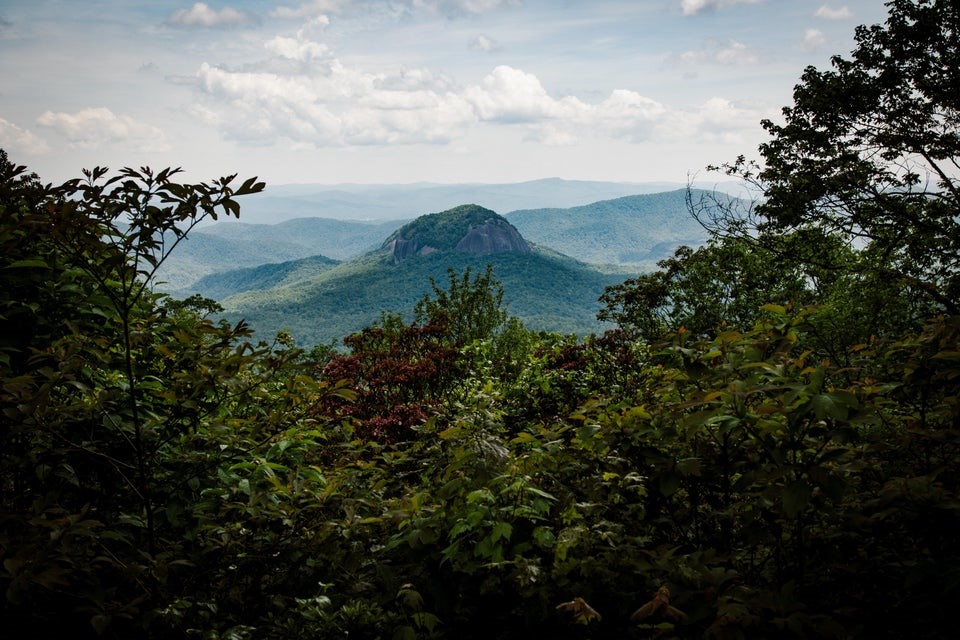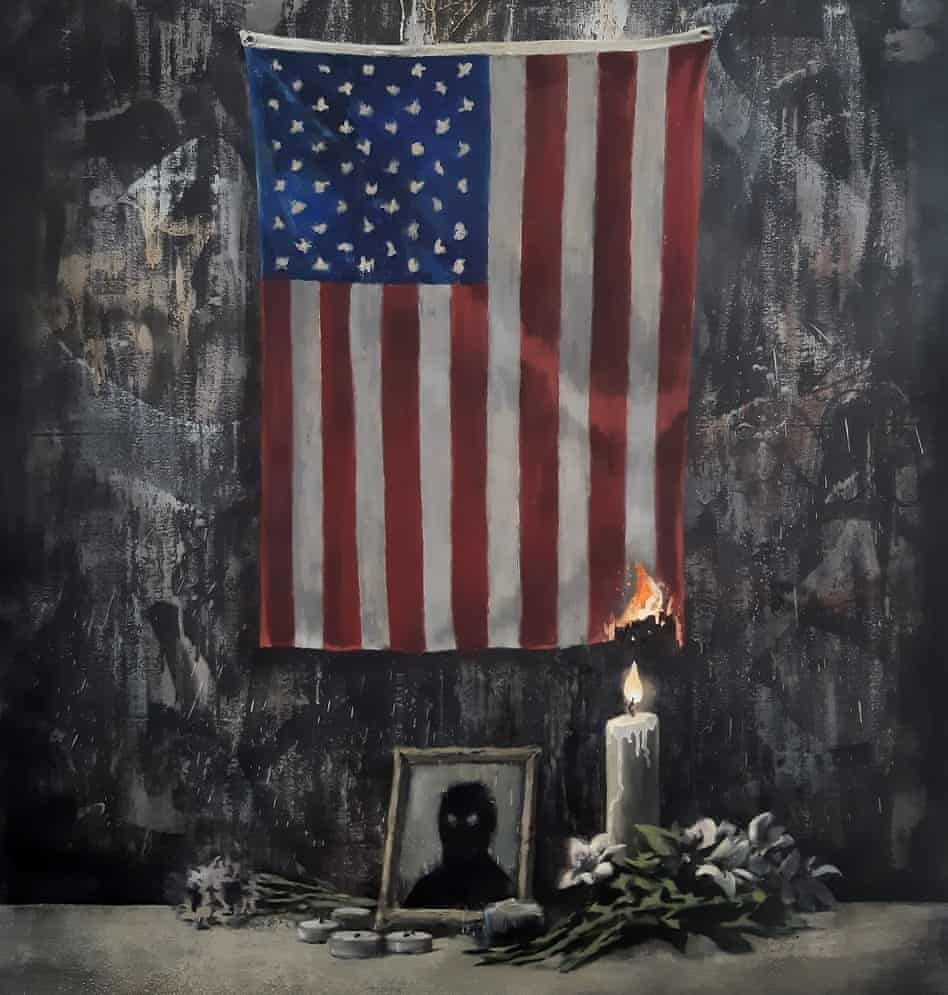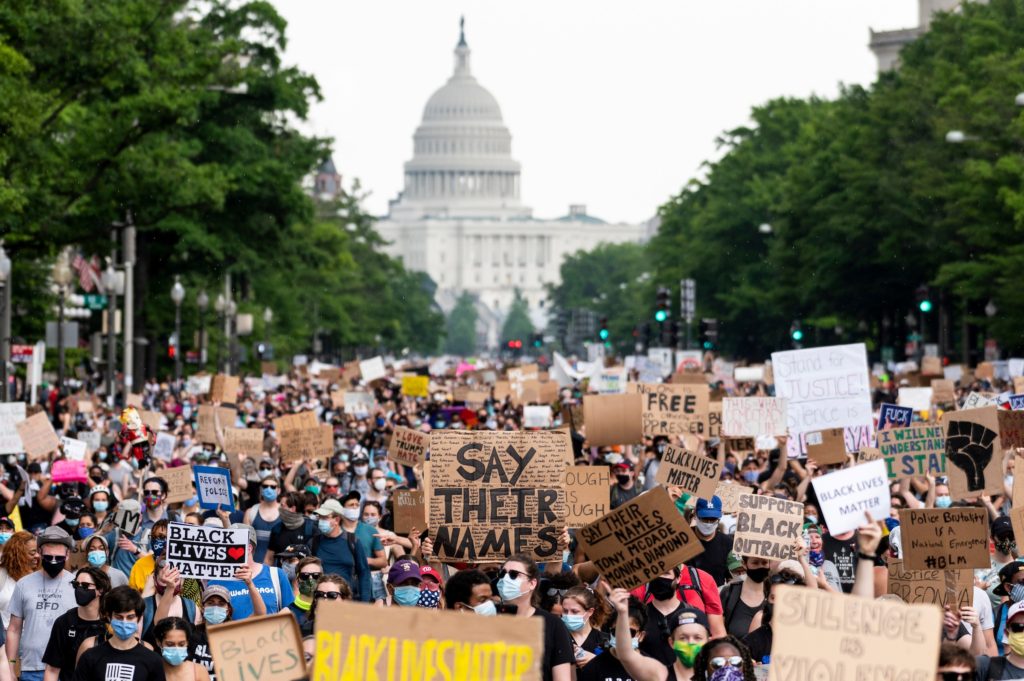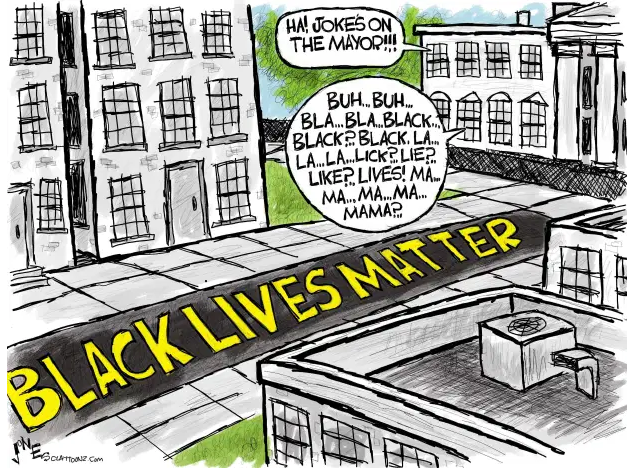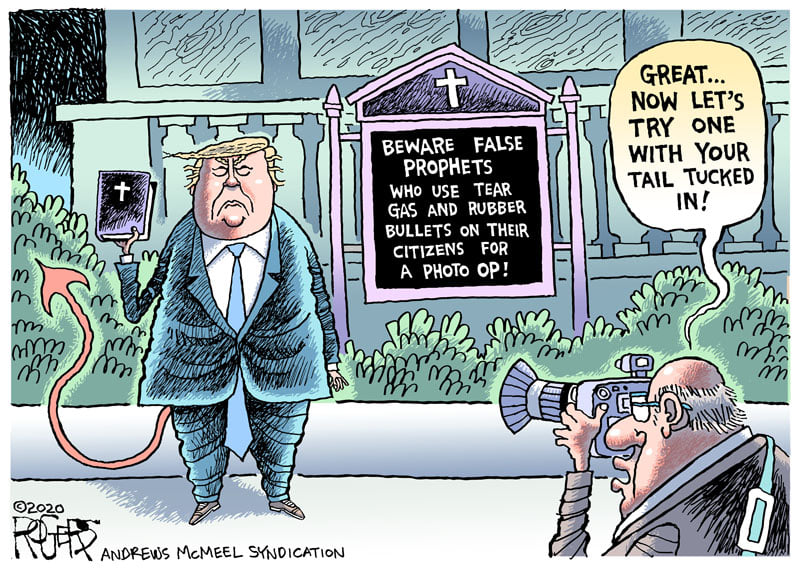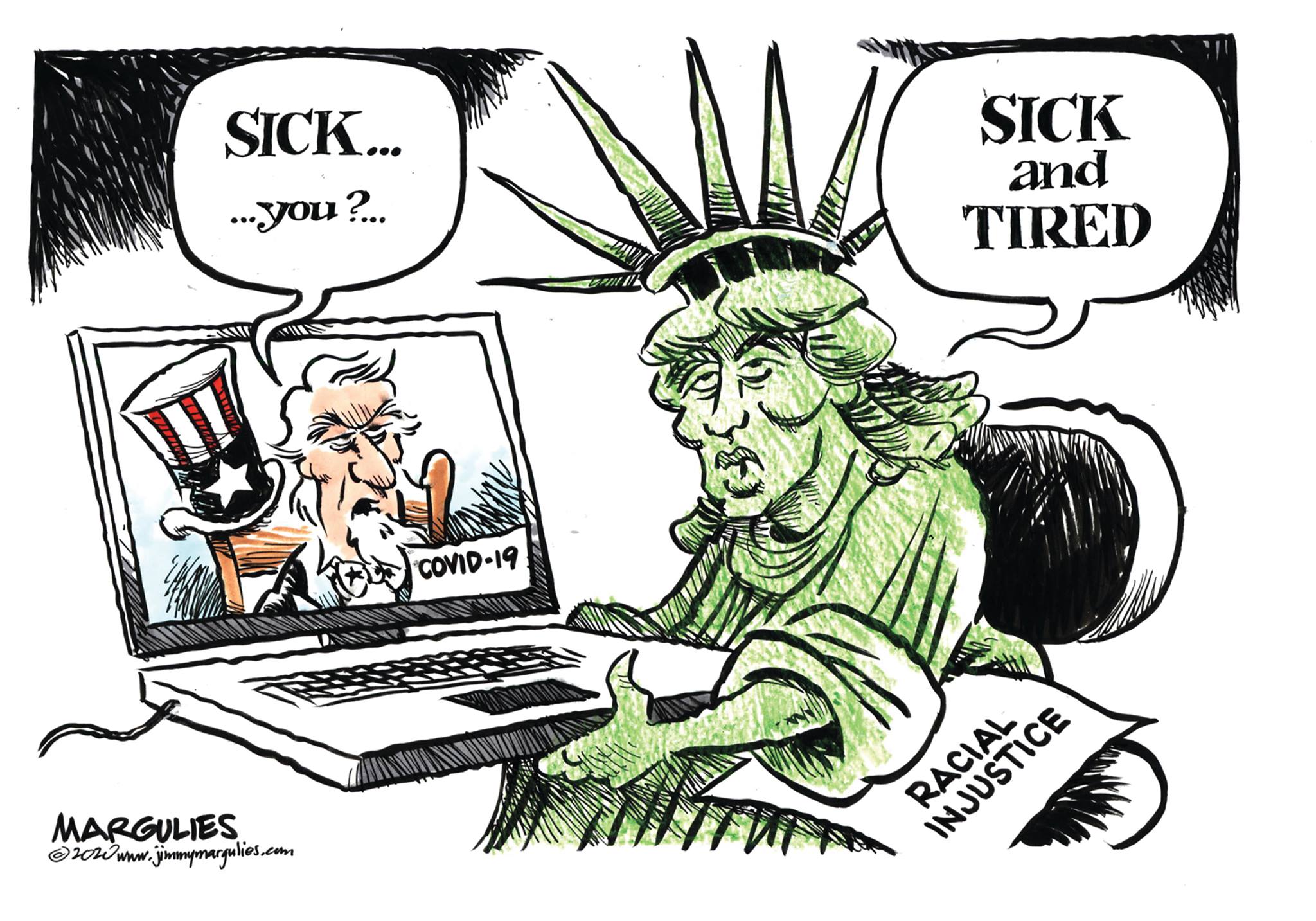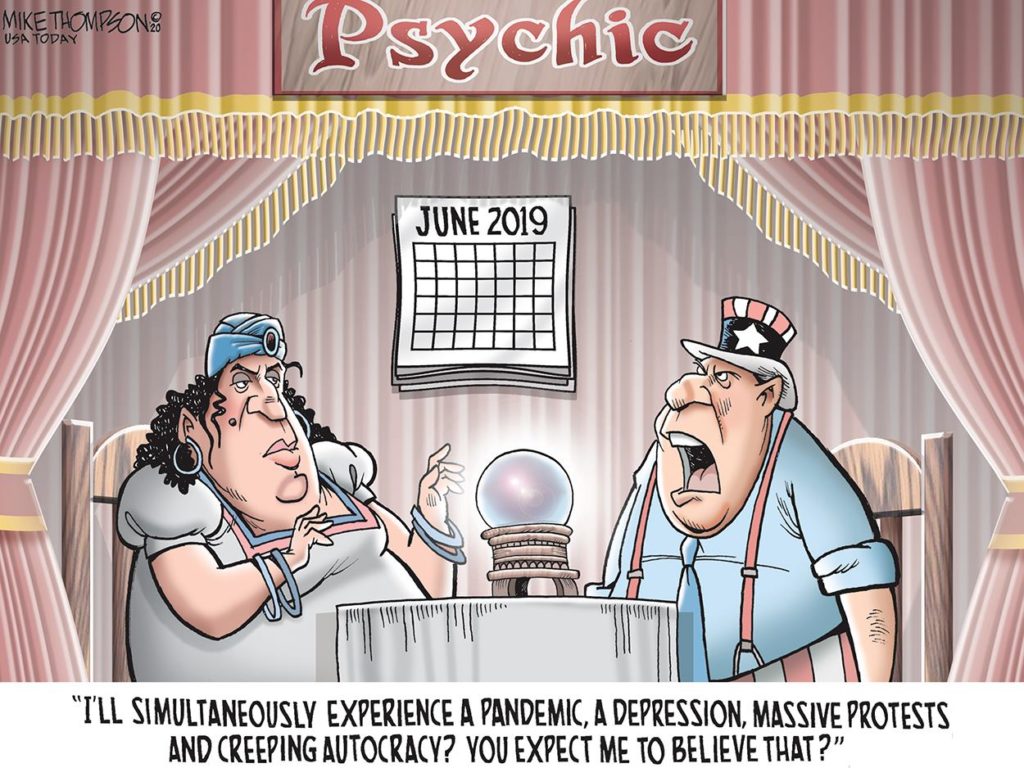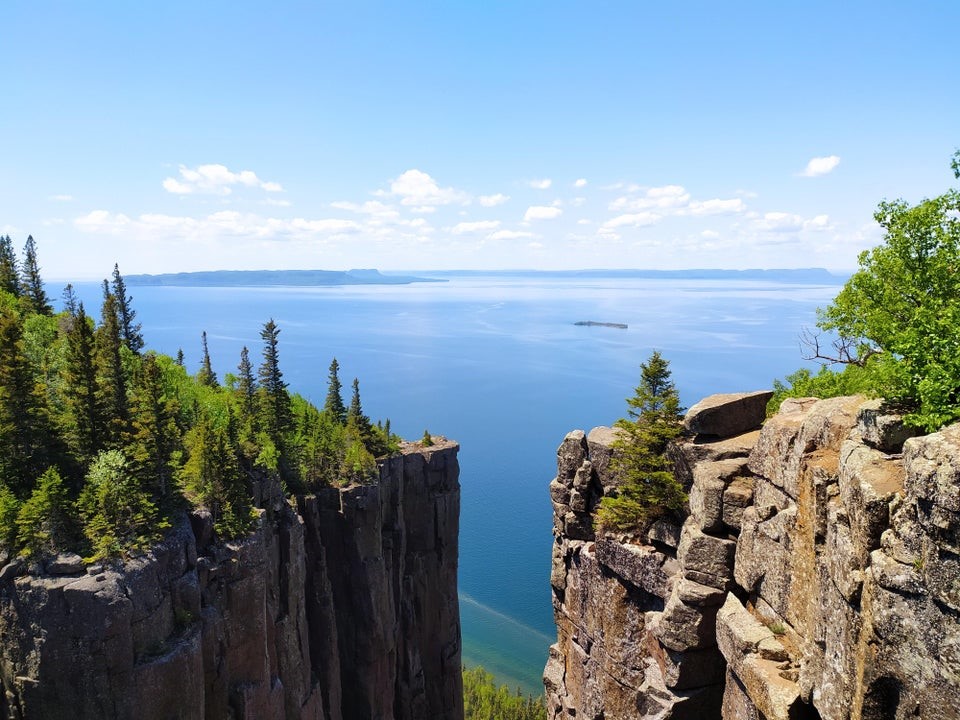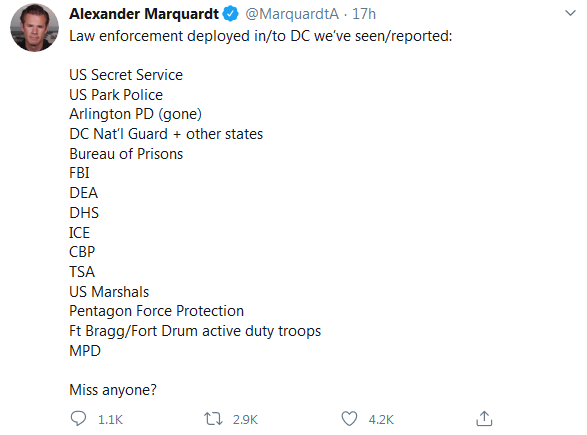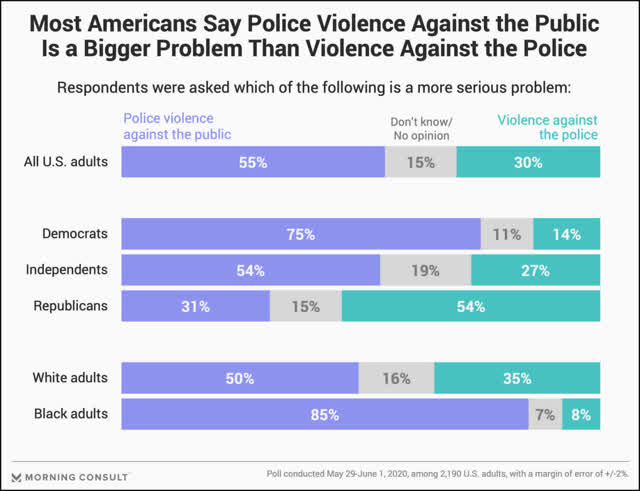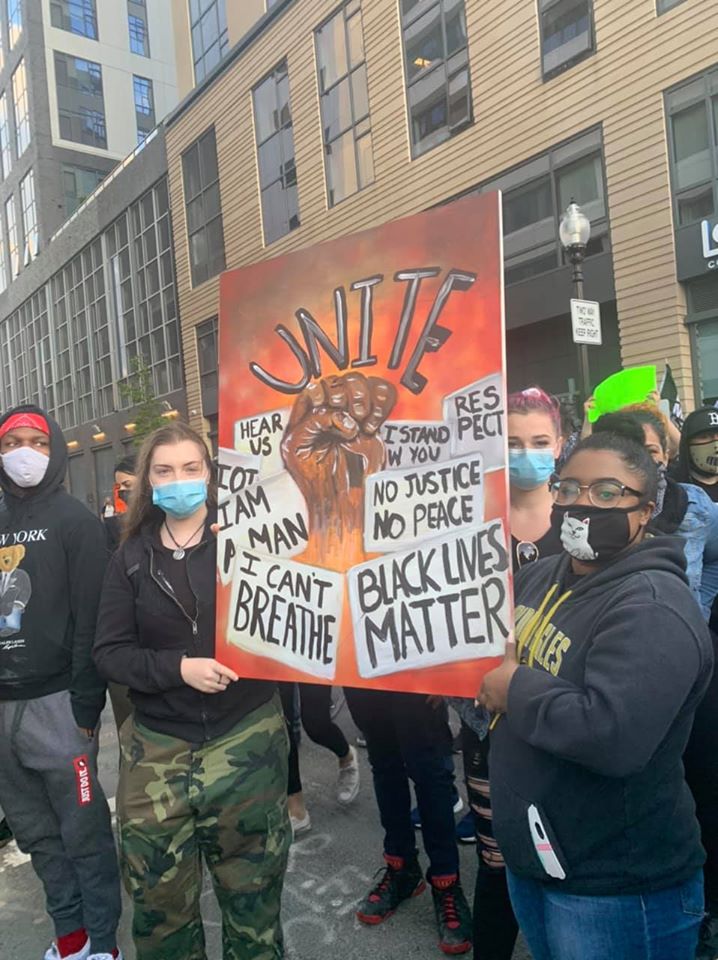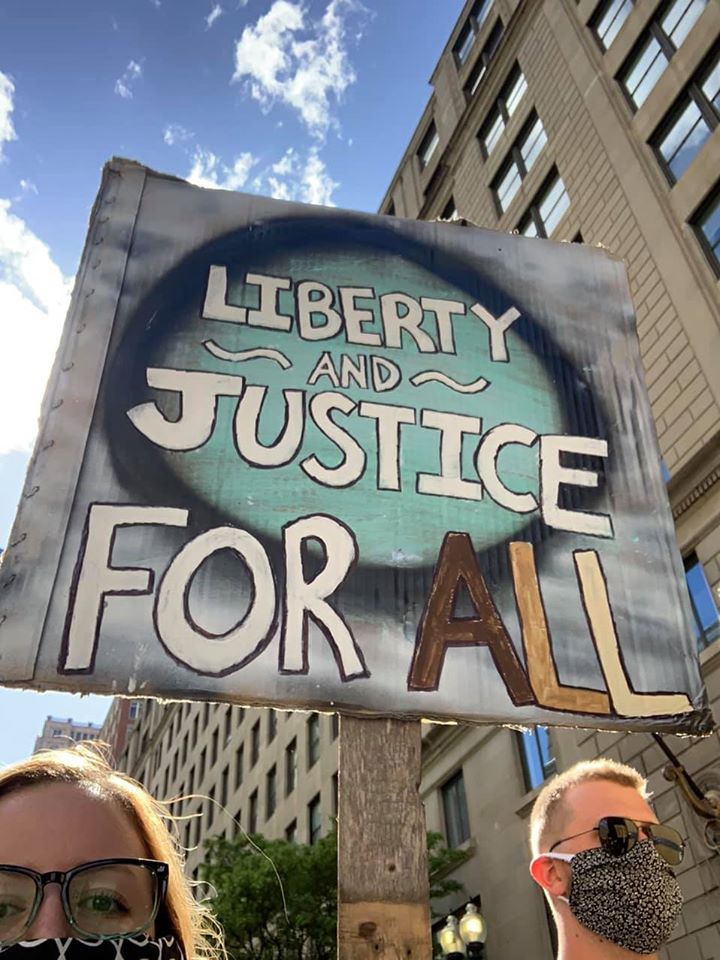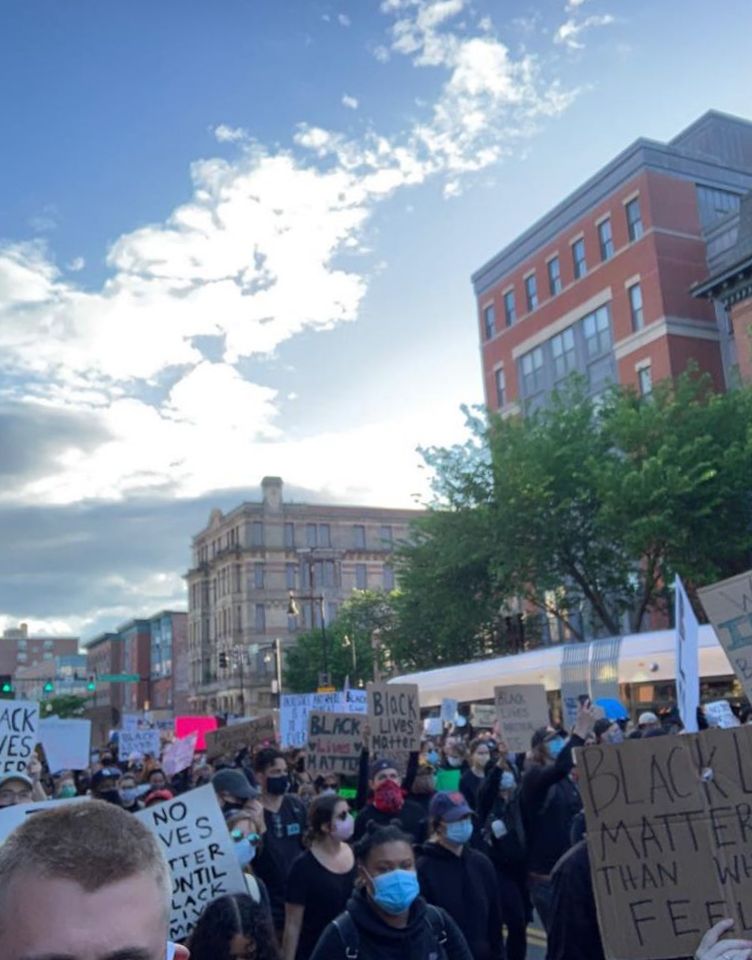The Daily Escape:

Japanese Garden, Portland, OR – April 2024 photo via The Oregonian
On Tuesday night, hundreds of NYPD officers entered Columbia University in riot gear, one night after students occupied the University’s Hamilton Hall.
And in a “you can’t make this s__t up” moment, Tuesday was exactly 56 years to the day when police cleared Hamilton Hall of Vietnam War protestors in 1968. The new clear out happened 13 days after students built their encampment and lit the match that started a student movement against the war in Gaza on college campuses nationwide.
The police crackdown at Columbia isn’t an isolated event. There was a round of arrests at City College in Harlem (NY). And police responded to clashes between pro-Palestinian and counter-protesters at UCLA. On Monday, demonstrators at The New School took over Parsons School of Design. Meanwhile, police cleared an encampment at Yale. Nationwide, more than 1,000 students have been taken into police custody since the original encampment began at Columbia on April 18.
From John Dean:
“More than four dozen colleges now have active protests against . . . against what? Signs demand an end to genocide in Gaza, disinvestment from Israel, and an end of US support for Israel. But Jewish students are also being attacked. For some protestors, Palestinians are the people fighting for freedom, and the Jews are the oppressors.”
As the protests continue, the story grows ever more complicated. House Republicans plan a series of hearings into what they are characterizing as antisemitism on college campuses. House Speaker Mike Johnson announced the hearings and also threatened the loss of federal funding:
“Over the last few weeks, we’ve seen absolute lawlessness and chaos on college and university campuses across America. It’s not right, and everybody in this country knows it. If they don’t correct this quickly, you will see Congress respond in time, you’re gonna see funding sources begin to dry up. You’re gonna see every level of accountability that we can muster.”
Columbia’s leadership took the Republicans at their word. They invited the NYPD to campus to remove students from Hamilton Hall with force.
Before the Columbia students occupied Hamilton Hall and got ejected, and before the UCLA demonstrating groups decided to fight each other, these protests seemed familiar in that they were an echo of the Occupy Movement in 2012. Back then, the vast majority of the violence was caused by police, much like it is today, But it isn’t clear that today’s encampments have sufficient size or strength to achieve their goals. They are certainly not of the scale of 2012’s Occupy, let alone the Civil Rights movement of the 1960s.
If the past tells us anything, we should be skeptical that these protests will actually lead anywhere. The 1968 Vietnam protests eventually fizzled out, particularly when it became clear that students would be shot and killed by police and the National Guard. Occupy ended with a 17-city crackdown by police that happened just two months after Occupy began. The George Floyd protests fizzled out, but not before significant property damage and police crackdowns.
One thing is very clear: The speed with which campus protestors have embraced Palestine is remarkable. These students have never shown interest in the slaughter of Muslim children in Syria, or women and teenage girls in Iran. To Wrongo’s knowledge, none have protested against genocide in Darfur. Is now what we’re seeing the power of TikTok to feed highly curated information to them?
Some might say that the students are expressing normal human empathy, possibly with a touch of ignorance regarding the history of the Palestinians and the Israelis. And certainly with a definite lack of understanding of the limits of free speech in America. Free speech does not permit extended protests on private property.
The purpose of free speech is the absolute freedom to speak your mind. The First Amendment does not grant the right for a person or group to occupy property that doesn’t belong to them. Freedom of speech does not include resisting arrest. Would any of us say that freedom of speech allows protesters to occupy their home? Free speech doesn’t allow making threats to kill a person or members of a group.
In addition to the desire to draw attention to the Gaza carnage, the campus protests seem to be about the role of the US government and American companies supporting Israel. Doesn’t that make their protests difficult to understand? Israel has been a US ally for more than 70 years. In that time, it hasn’t been able to defend itself without substantial US aid. Most Israeli aircraft bombing Gaza targets today are American-made.
Does our support for Israel make the US complicit in the Israeli military action in Gaza? Of course, but should the US now end that support? If colleges divest from Israel, would that help Palestinians? Hard to say, but it’s unlikely to cause any meaningful change.
Wrongo doesn’t think the students’ problems are with Israel the country or necessarily, with the Israeli people. Most of the heat is reserved for actions by Bibi, his cronies and the IDF. From The Economist:
“Two areas where the IDF has fallen short are its responsibilities as an occupying power and its duty to minimize civilian deaths. Some 1.7m people have been displaced; many lack adequate food, water or medicine.”
More: (emphasis by Wrongo)
“…many armies would find Israel’s rules of engagement disproportionate and hence illegal. The IDF is reported to have set the threshold of civilian deaths in justifying decisions to strike a junior Hamas fighter at 20:1 and a senior leader at 100:1. For Saddam Hussein, Iraq’s dictator, America set a threshold of 30:1.”
The IDF appears to be failing in its goal of destroying Hamas. After six months, Hama’s most senior leaders are still alive, and over 100 hostages remain in captivity. Most important, Israel appears to have no strategy to prevent Hamas from rising from the rubble. Without meeting their goal of destroying Hamas, Israel will remain subject to insurgency.
Israel is paying a high price both economically and diplomatically for its Hamas war. There has been a very real shift in support for Israel’s methods of conducting its war with Hamas. If the student protests were to energize America voters to reject supporting an unending conflict, a significant number of American politicians would eventually follow.
Today, Israel is in a doom loop where the operations designed to reduce the number of terrorists will likely attract recruits to replace them. Without a plan for peace, Israel will end up as an occupier or as in the past, repeatedly striking Gaza to tamp down the insurrectionists.
The story of the 2024 campus protests is still being written. The outcome remains difficult to predict. With the end of the academic year approaching, could the calendar be the deciding factor?


